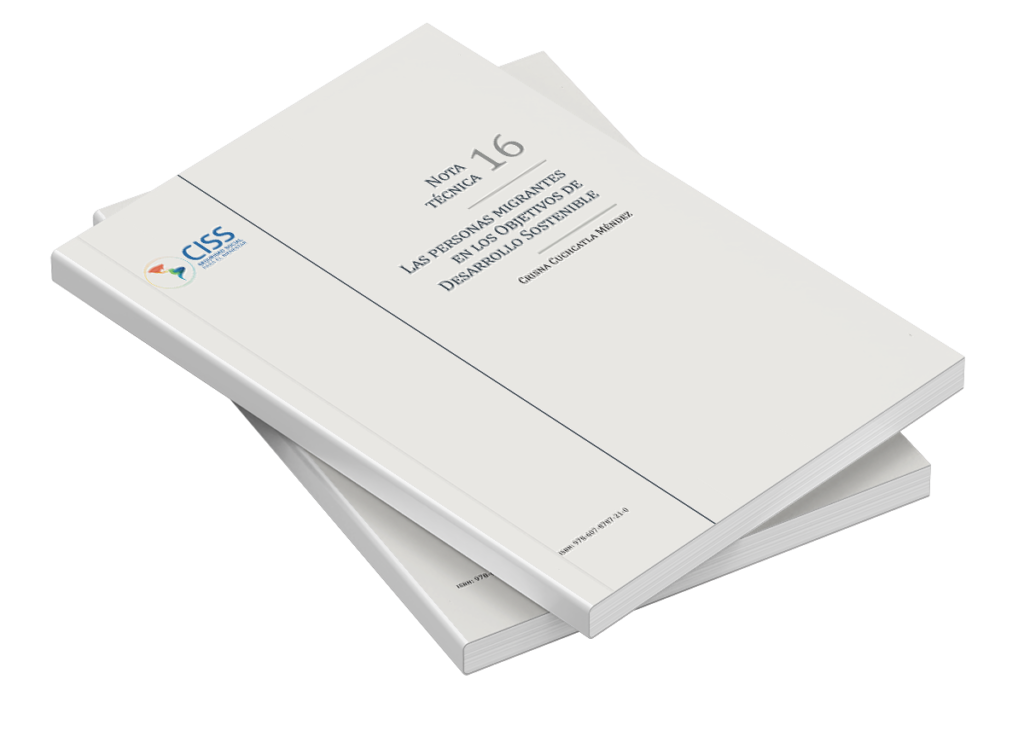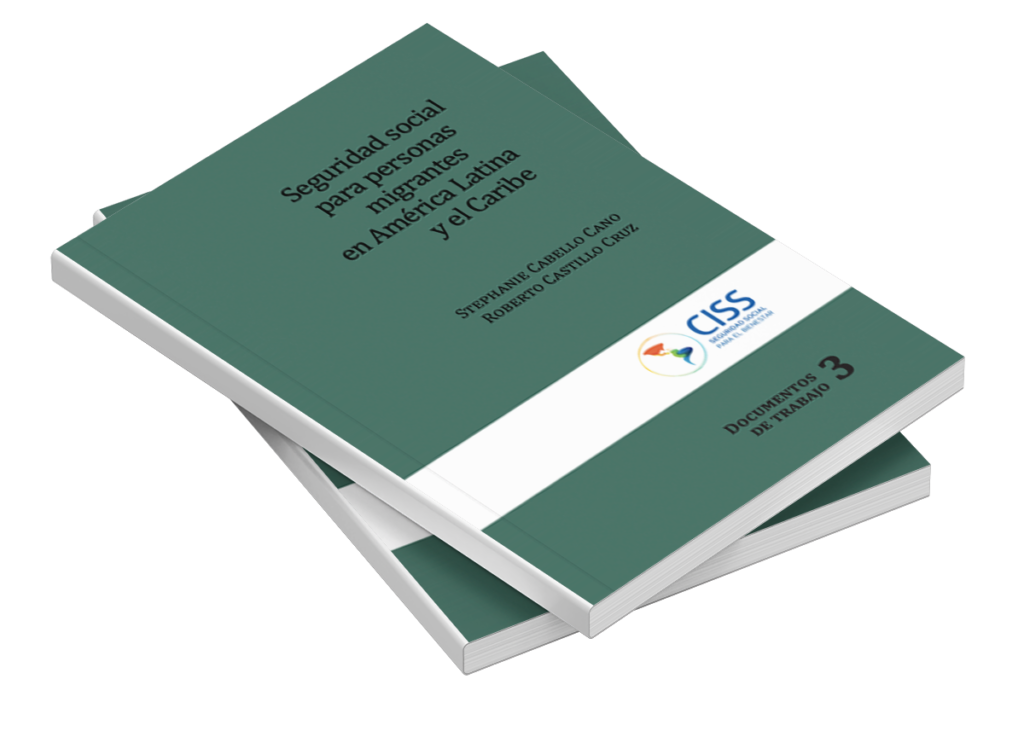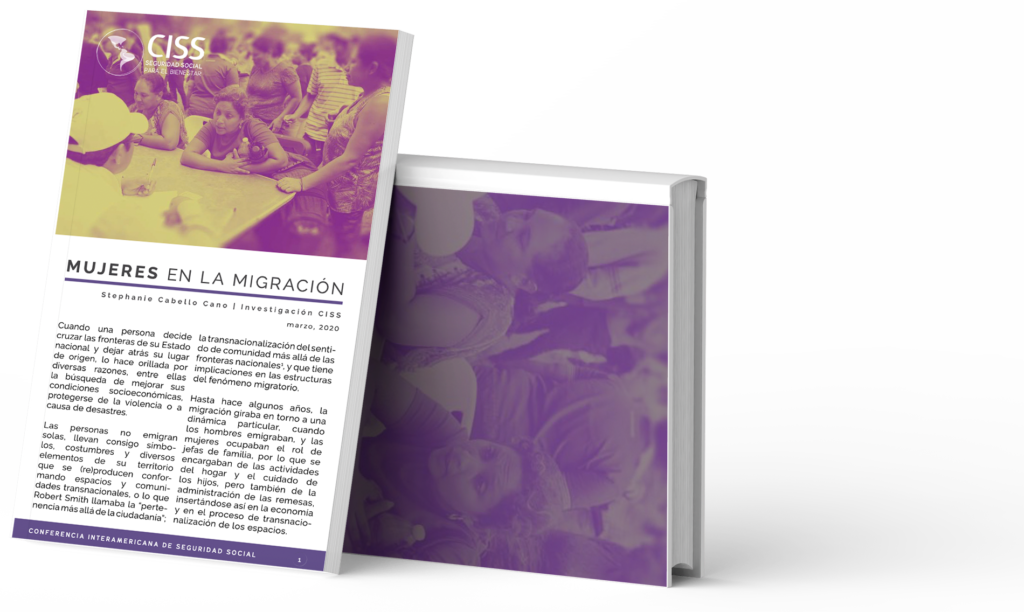Observatory on the Universalization of Social Security:
Migrants
Scroll down to learn more about this initiative and other materials from the CISS on the subject.
Data Site
For the moment, the data site is only available in Spanish
What information will I find in this site?
This dashboard contains data from 239 social security mechanisms for migrants implemented in the Americas.
The mechanisms are classified into three categories: unilateral, bilateral, and multilateral.
Unilateral mechanisms include:
Voluntary coverage for emigrants
Initiatives launched by the origin country to provide basic protection to its diaspora. It allows coverage for dependents of the migrant who stayed in the country of origin and the continuity of coverage and contributions.
Enshrinement of the principle of equal treatment between nationals and foreigners
National social security regulations cannot impose nationality requirements to access benefits. However, the principle does not rule out the condition of regular stay or work permits.
Exportability
The possibility of making payments for social security benefits whilst abroad.
Protection for irregular migrants
Measures to ensure minimum access to social security benefits.
Bilateral mechanisms include:
Bilateral international treaty
An international cooperation instrument celebrated between two States.
Interinstitutional agreement
Agreements signed by government entities (in this case, social security institutions).
Multilateral mechanisms are not filtered by the type of mechanism, as there is just one type: multilateral international treaty.
Browsing tips
To consult each mechanism, browse through the three pages with the control panel at the bottom of the dashboard.
You can view all categories for one input, a single category, or a custom set of categories by pressing CTRL.
For instance, in the Country or Territory input, you can select all countries, one, or a set of them by clicking on the names while pressing CTRL.
Information sources
The matrix was developed with information obtained from NATLEX (a database on national labor, social security, and human rights legislation), international treaty texts, and supplemented with national data sources. You can access the complete list of sources here.
About this website
More than
of migrants from Latin America and the Caribbean are in the USA and Canada
(IOM, 2021)
Between 2010 and 2019, in Latin America and the Caribbean, the number of immigrants increased by
immigrants
emigrants
(Acuña-Alfaro and Khoudour, 2020)
Social security systems were founded and continue to operate based on the principles of citizenship and territoriality, with a focus on sedentary populations. This results in the exclusion of migrants from social security, especially when their migratory status is irregular.
While migration has always been highly relevant in public discourse, in recent years, migratory flows have significantly increased in the American continent. This increase is related to different causes such as poverty, inequality, violence, and labor markets with low capacity to integrate the entire active population into well-paid jobs.
In response to this situation of increased migratory flows and exclusion from social security, the CISS has launched an observatory on access to social security for migrants. This tool has with two objectives:
1) To identify and analyze barriers that prevent or limit the exercise of the human right to social security for migrants.
2) To advance in the creation of public policy alternatives to overcome these barriers.
Publications
For the moment, the documents are only available in Spanish
Videos
In this site, you will find data, research, and events conducted by the ICSS for these populations.




